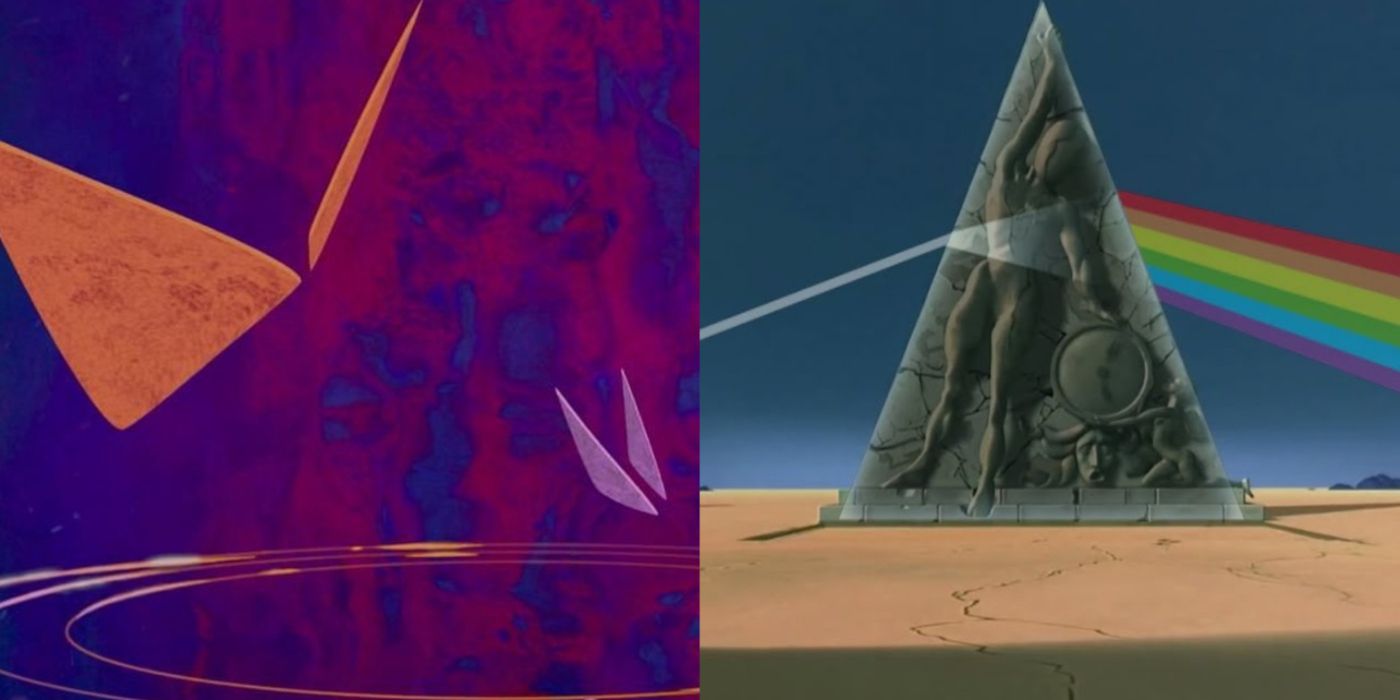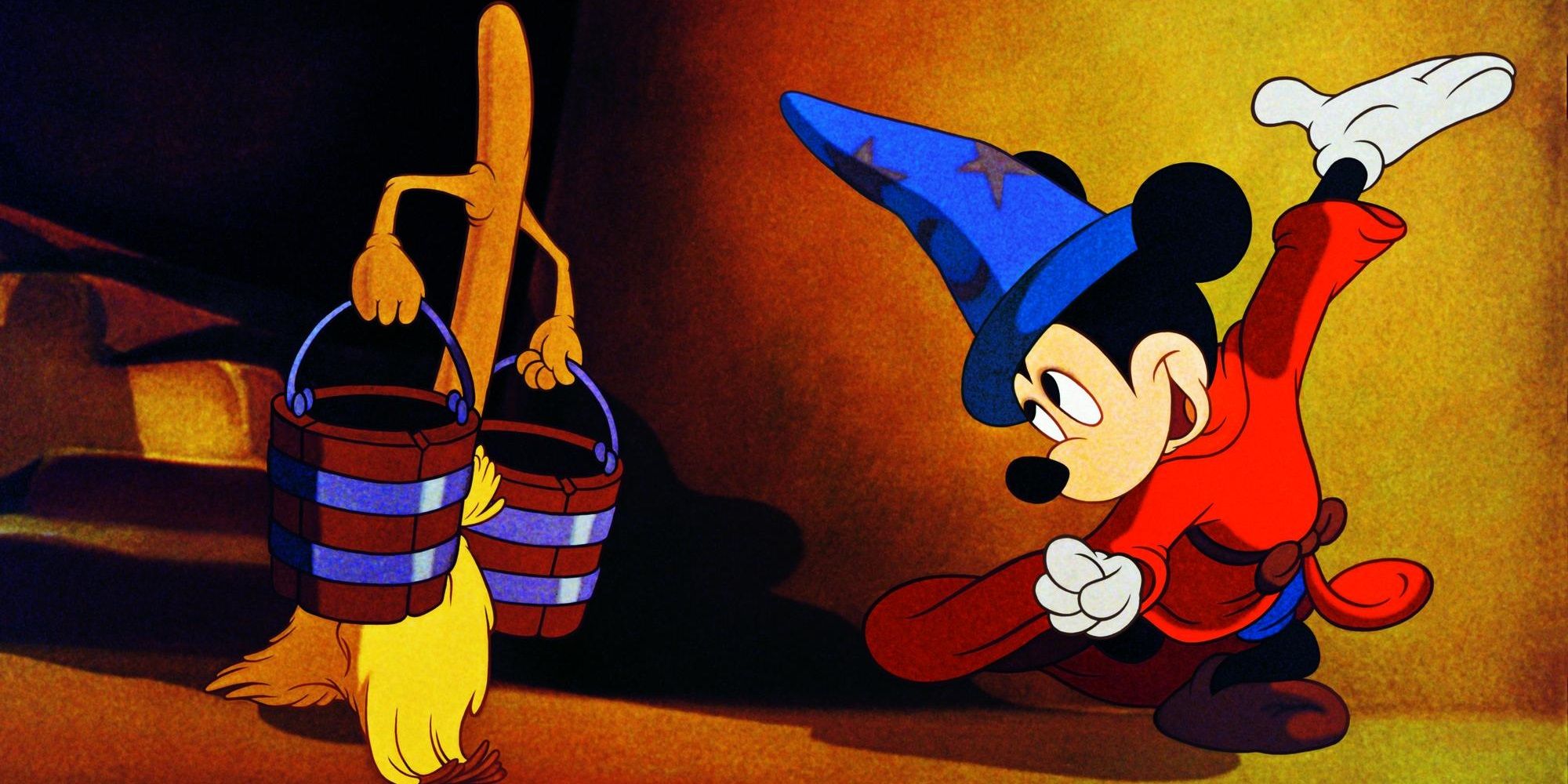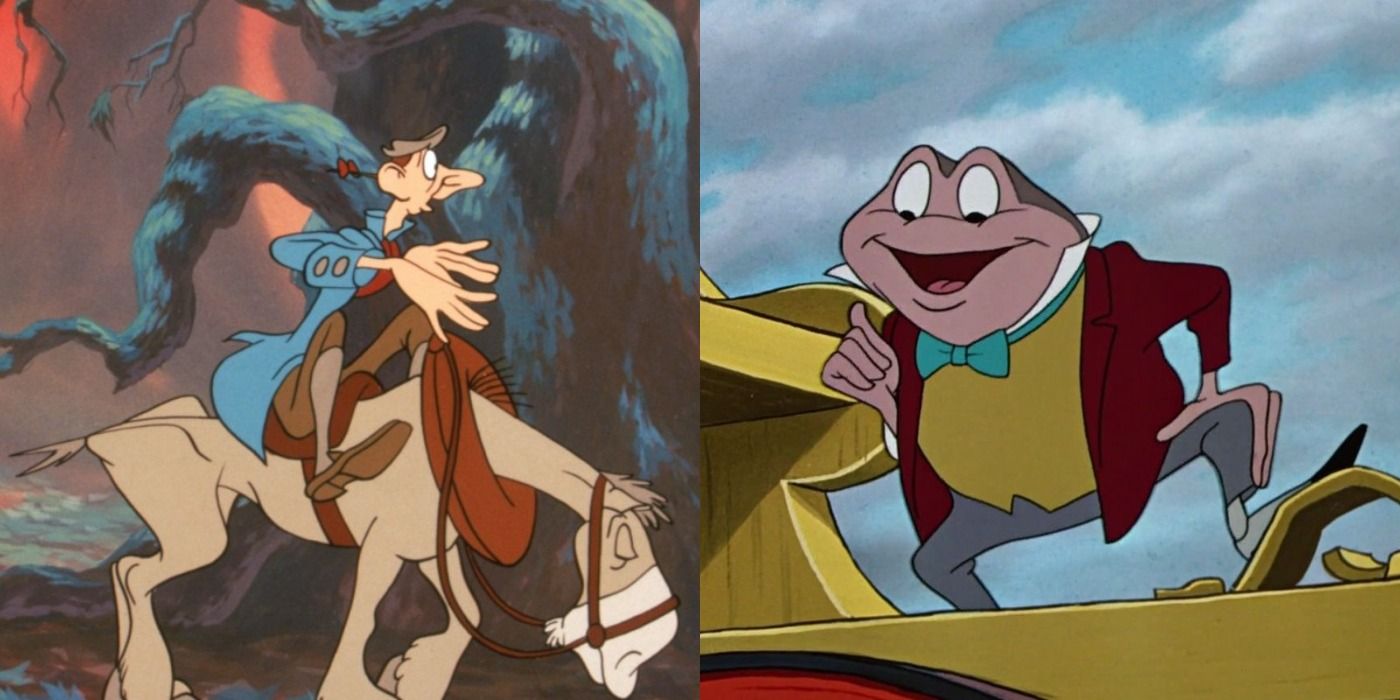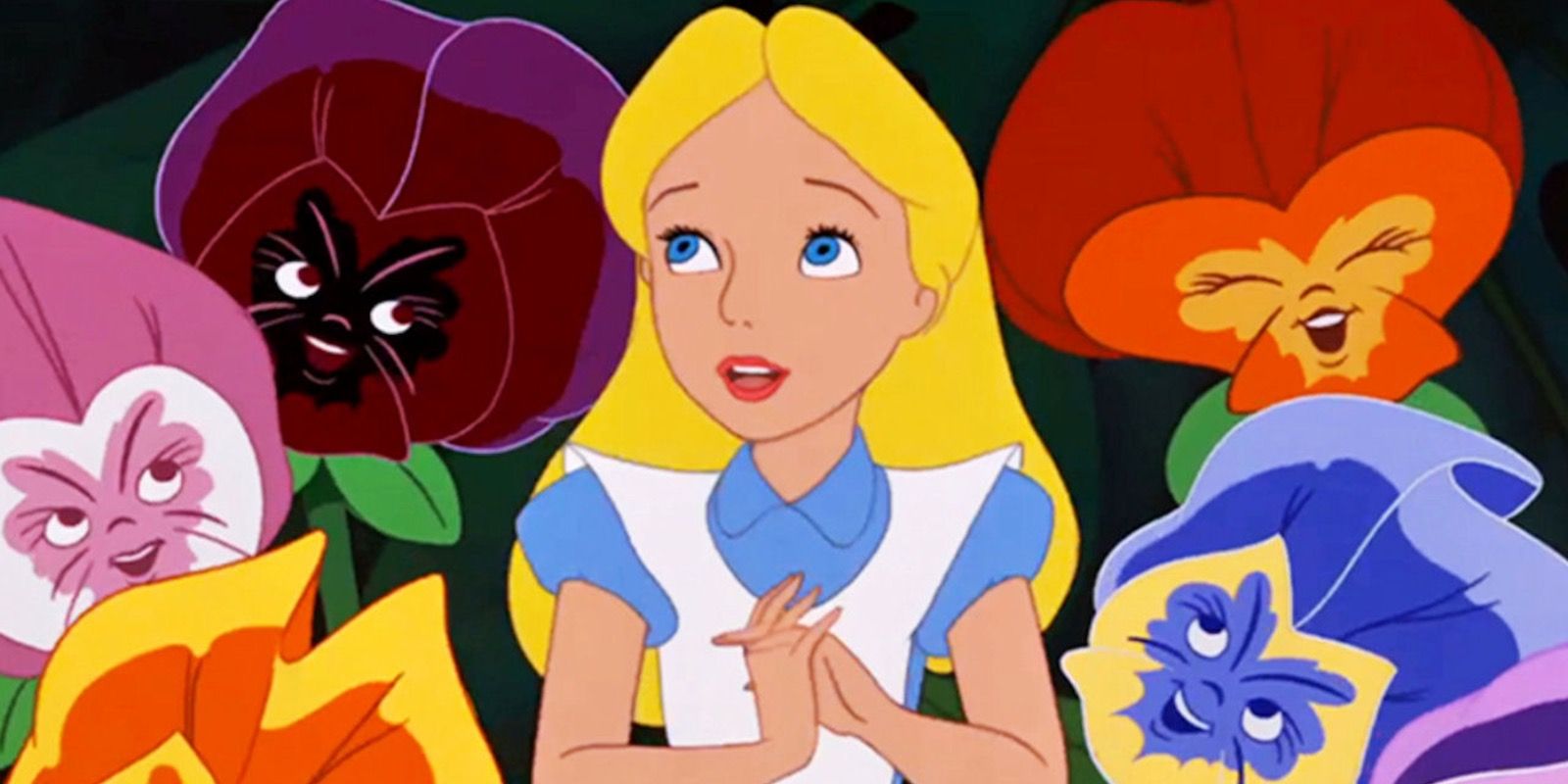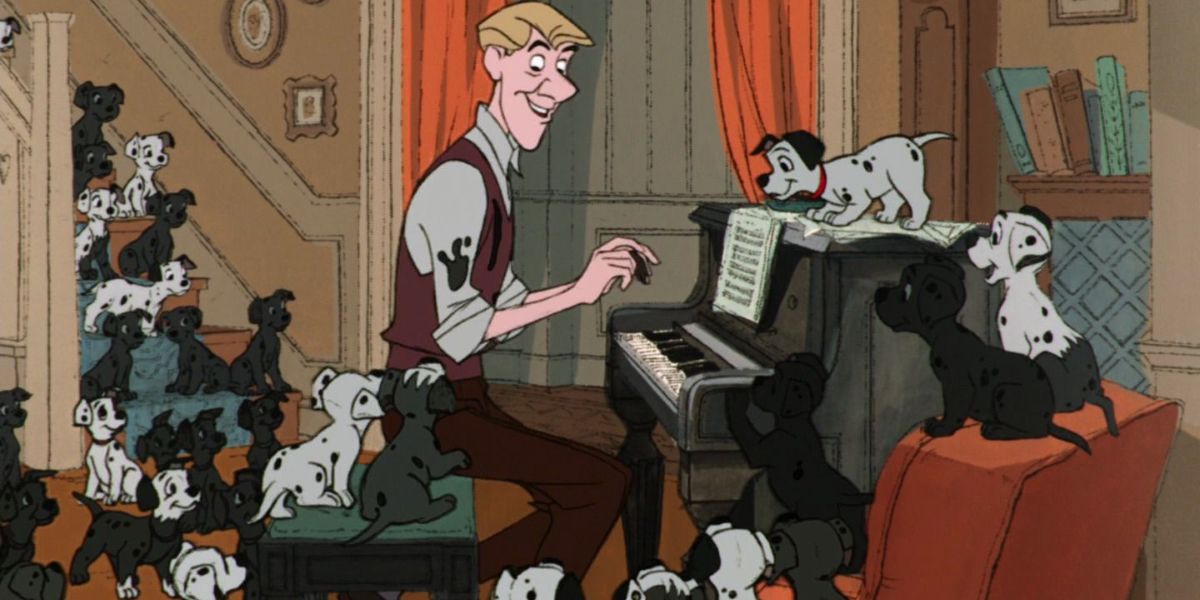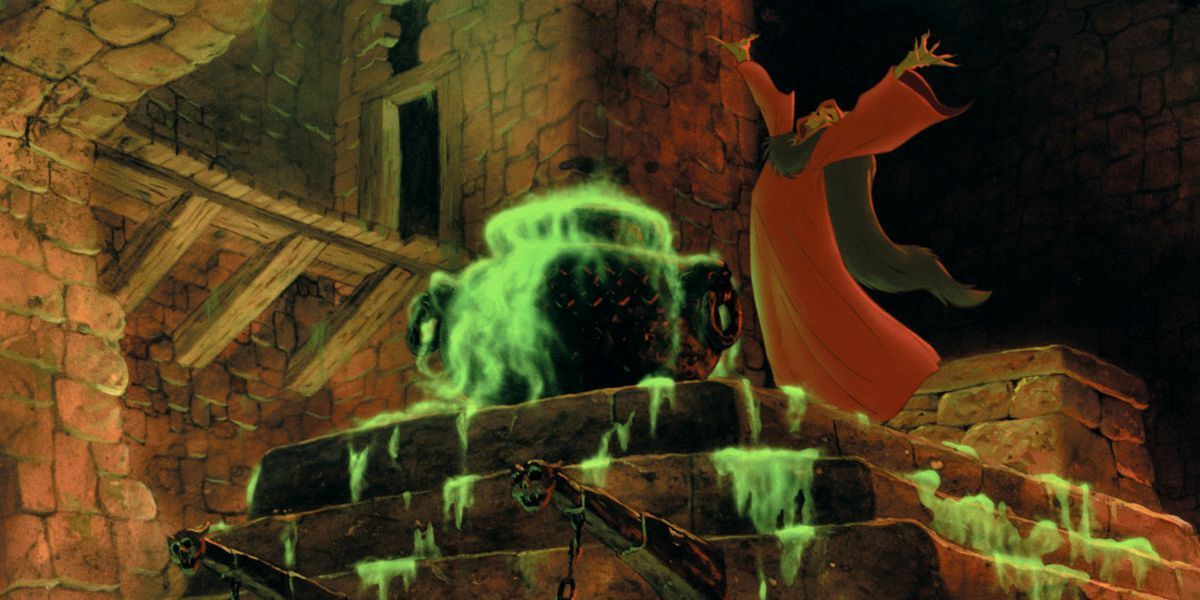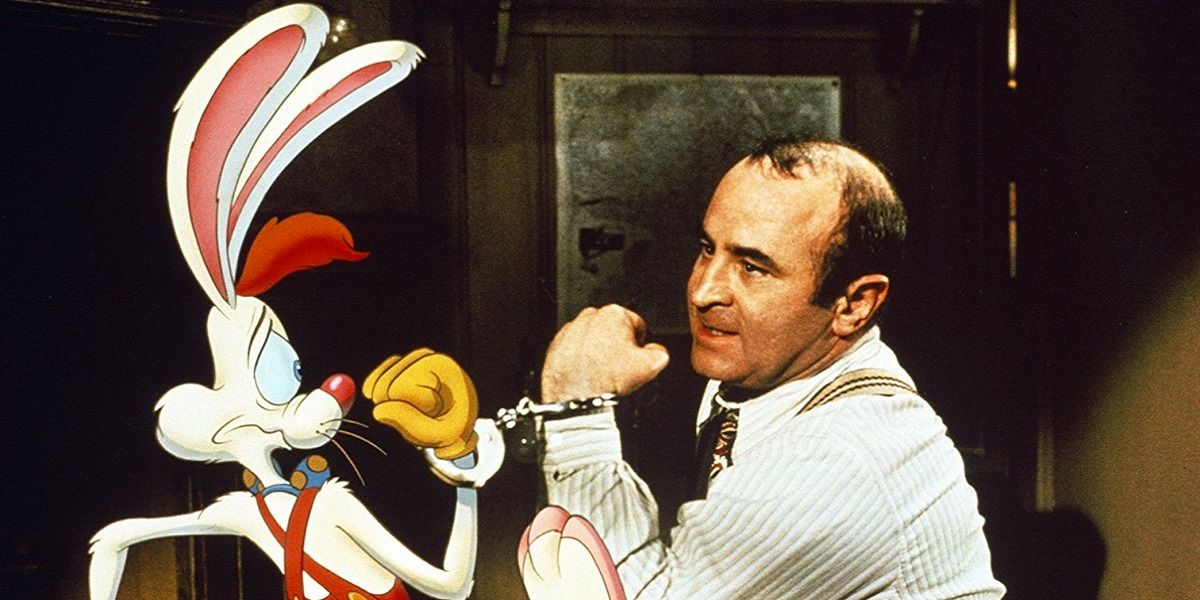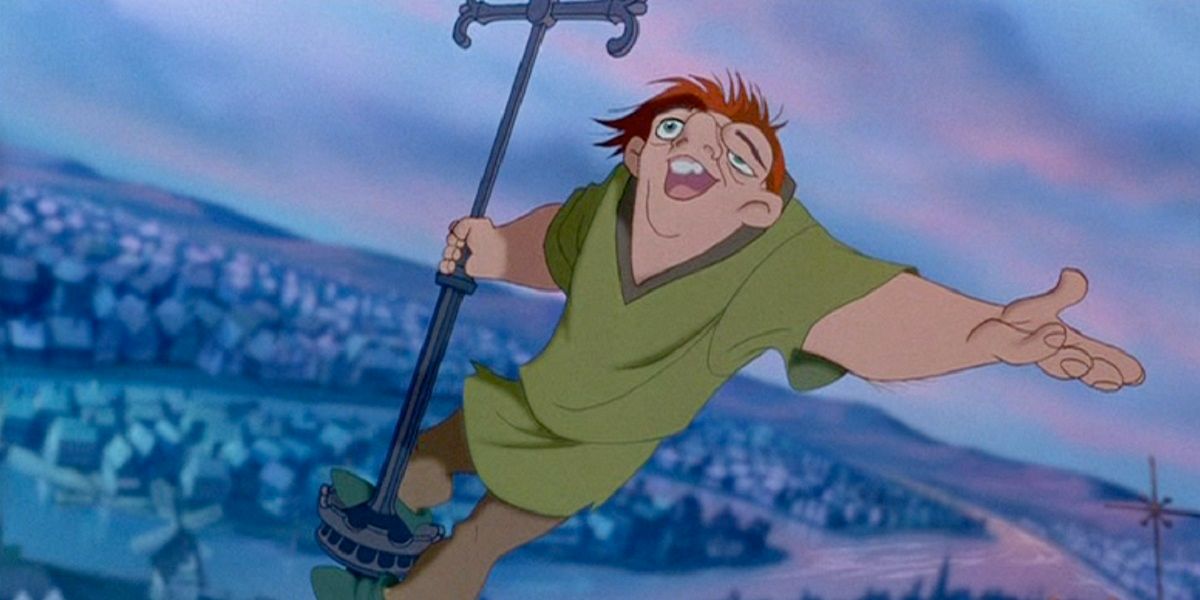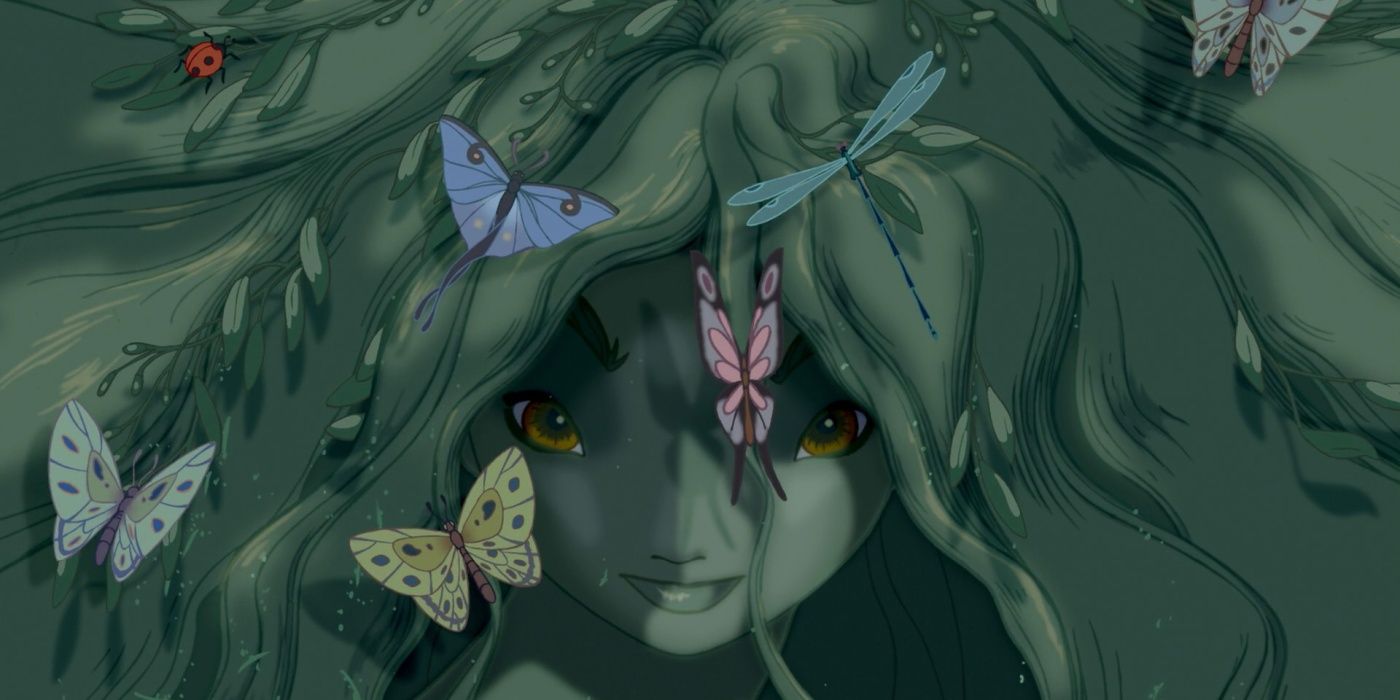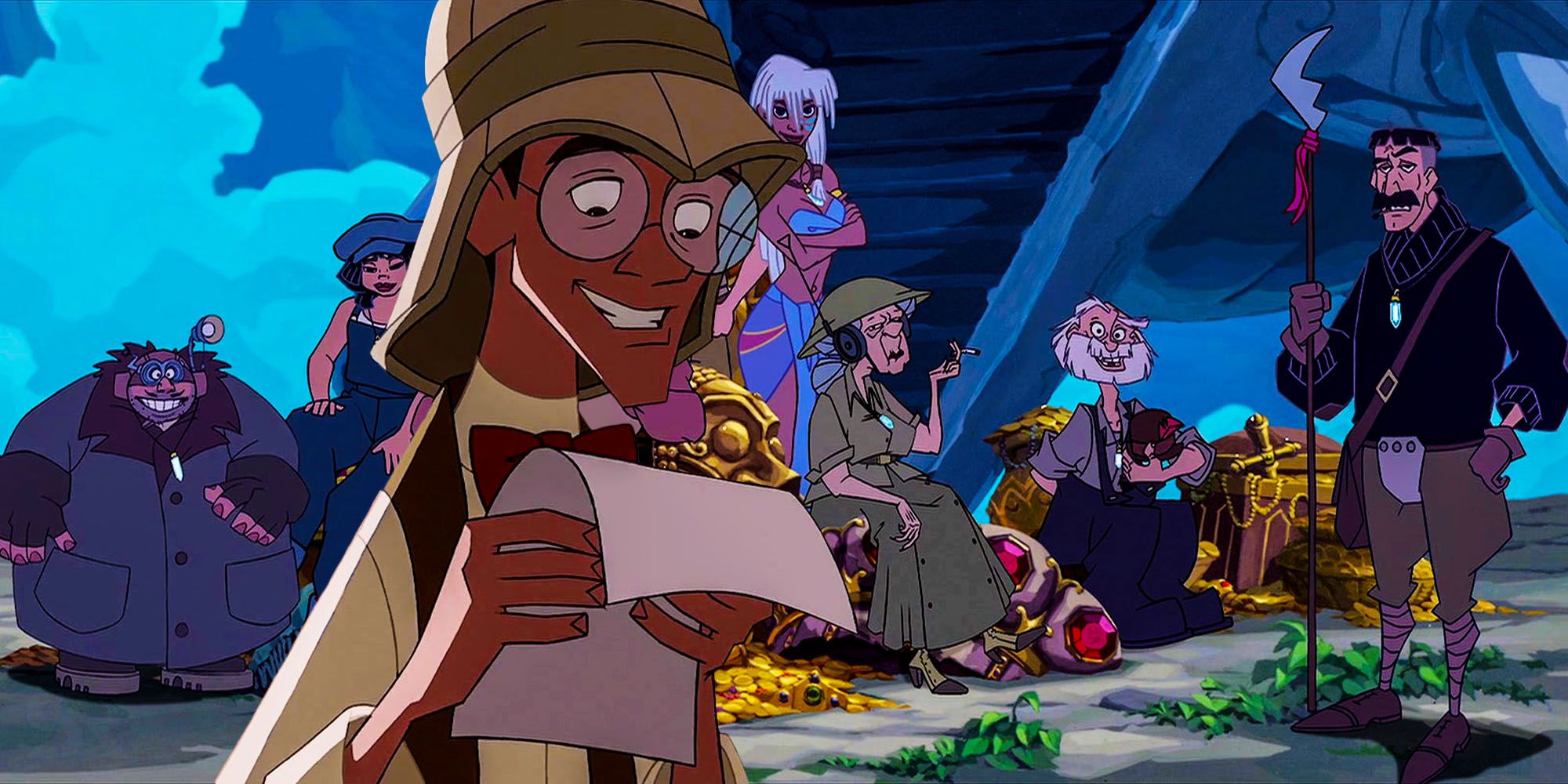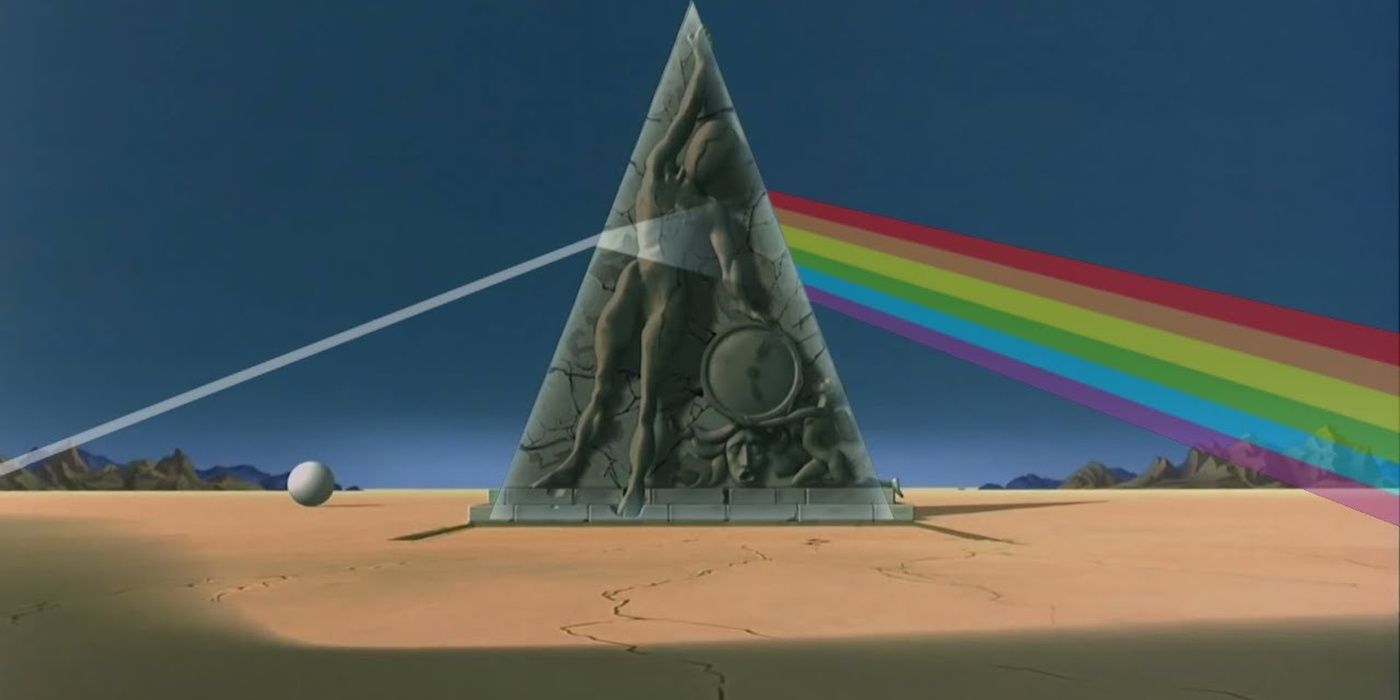When Turning Red was released in March of 2022, it was met with a slightly controversial reception due to its subject matter and coming-of-age narrative. While some might be clutching their pearls at a company like Disney making such a move and stepping away from the traditional family-friendly formula, this isn't exactly something new for the house of mouse.
Since Walt's day, Disney has always been looking for new and unique ways to tell their stories. As far back as the 1940s, the studio has been experimenting and trying new things with their movies. Sometimes, the risk is simply worth the reward.
Fantasia (1940)
Walt Disney's "Concert Feature" was one of the first true art house films released to a massive audience, and to say it was an experimental animation would be an understatement. Nearly everything that went into this production was a deviation from the norm. It has no solid narrative, no princesses in peril, and no true love's kiss, but it managed to easily be one of the studio's most memorable features.
Every animated segment has a different style, a different piece of music, and a different narrative (if any) that they attempt to portray. It was very much a risky deviation on Walt's part, but one that heavily influenced the animation medium.
The Adventures Of Ichabod And Mr. Toad (1949)
This wild ride from 1949 was part of what the Disney fandom refers to as "the package films" where a series or anthology of animated shorts would be shown instead of an overarching narrative. What obviously makes the film stand out from the ones that came before is the second act, featuring Disney's adaptation of The Legend of Sleepy Hollow.
Although it was surprisingly accurate to the original book, this was a dark deviation from the standard Disney production. True, it's not nearly as dark as some other films that came after, but the chase with the infamous Headless Horseman was possibly the scariest thing to come out of the studio since "Night on Bald Mountain." From the action itself to the shifting color palette, it was perhaps one of the first truly gothic cartoons to come from the studio.
Alice In Wonderland (1951)
Walt Disney always believed that Alice in Wonderland needed to be a cartoon first and a movie second, and that maxim was clearly represented in his 1951 adaptation. The project itself is a huge opportunity for the animators to experiment and manipulate different breeds of animation to bring Alice's colorful world to life.
The film went through a number of different concepts and ideas, including a horrific book-accurate adaptation with art by David Hall. The final result was a psychedelic masterpiece that found a larger audience in the '60s thanks to its trippy imagery. It would seem Walt was about a decade ahead of the game.
One-Hundred-And-One Dalmatians (1961)
At first glance, One-Hundred-and-One Dalmatians might not seem like anything outside the Disney norm. However, when it was first released, it was a step away from the typical Disney production in terms of art style, animation, and methods. To put it simply, this was Disney trying to get "with it."
The production is easily a product of the early 60s from its design and use of then-contemporary music. The Bohemian approach to the world inhabited by Pongo, Perdita, and their puppies wasn't the typical fairytale setting made famous by the studio. While Walt himself found problems with the approach, it became one of the most entertaining animated features of the decade and was even re-released in 1969.
The Black Cauldron (1985)
The thing about risk is sometimes it comes with little to no reward, and that was the lesson learned with the studio's adaptation of Lloyd Alexander's The Black Cauldron. Released during a time of Dungeons and Dragons and dark fantasies, Disney's attempt at the genre nearly killed their animation studio.
While a large portion of the blame could be taped on the actions of Jeffrey Katzenberg, the project was almost doomed from the start. While the attempt was certainly commendable, and it allowed the animators and creative minds to venture far beyond the recesses of their comfort zone, it was simply too dark of a turn for Disney.
Who Framed Roger Rabbit (1988)
Blending animation with live-action was nothing new from the minds of Walt Disney Pictures, as they practically perfected the art form. However, to do it to the size and scope that Who Framed Roger Rabbit did was truly a feat of artistic and cinematic genius.
The animated characters are truly the stars of the film, despite performances from the likes of Bob Hoskins and Christopher Lloyd. The idea that Mickey Mouse and Bugs Bunny would ever share screen time is incredibly surreal and delightfully strange. Before the Infinity Saga, this was the crossover event of the decade.
The Hunchback Of Notre Dame (1996)
To say that The Hunchback of Notre Dame was a Disney movie ahead of its time for a glorious understatement. This was perhaps the most mature animated movie that the studio had ever produced, the amount of creative artistry that went into it is positively palpable. Everything from the character development to the size and scale of Notre Dame herself is crafted by a skilled and loving hand.
While it doesn't adhere to the full narrative presented by Victor Hugo's novel, it has since remained possibly the most well-regarded version of the story. Diving into themes of persecution, religion, lust, and prejudices, it was perhaps Disney's most adult-oriented production.
Fantasia 2000 (1999)
A sequel to the 1940 film, Fantasia 2000 took the concept set by Walt Disney and the "Concert Feature" motif and took it a step further by incorporating new elements. From new visuals and animation techniques to a wider range of music, including the very jazzy "Rhapsody in Blue," Walt himself would have been impressed.
The original Fantasia was meant to be something that would constantly change with each new rerelease, and that's precisely what Fantasia 2000 represented. It was what was new in terms of both art and music, and was arguably the unsung classic of the Disney Renaissance.
Atlantis: The Lost Empire (2001)
Atlantis, in the eyes of many fans, is Disney's underrated sci-fi gem. If it wasn't for the production's marketing failures, the film could and should have been one of Disney's biggest successes directed at a more mature audience. It's a steampunk adventure with a distinct style and delivery, and its art direction, characters, and premise are undeniably laudable.
It features an unconventional, educated, scholarly, nerdy hero in its lead role, a colorful cast of explorers with big personalities, and one of the most realistic romance arcs in Disney. Paired with its sketchbook/comic book art style by Hellboy's Mike Mignola, and it's a recipe for one of the studio's most eccentric projects to date.
Destino (2003)
It's amazing to see what happens when two or more creatives get together to collaborate on a project. Walt Disney was a frequent associate with big names in the creative field such as Leopold Stokowski, Dodie Smith, and Bing Crosby, but his most experimental and innovative project wasn't even completed until 2003.
Originally a part of his Fantasia project, Walt partnered with Salvador Dalí to create an animated short inspired by the artist's work. With Disney's animation and Dali's imagery, it would have been the most ambitious feats of animation. In 2003, the Disney animators took the unfinished remnants of the film and brought it to life as a solo short. Naturally, the results speak for themselves.

